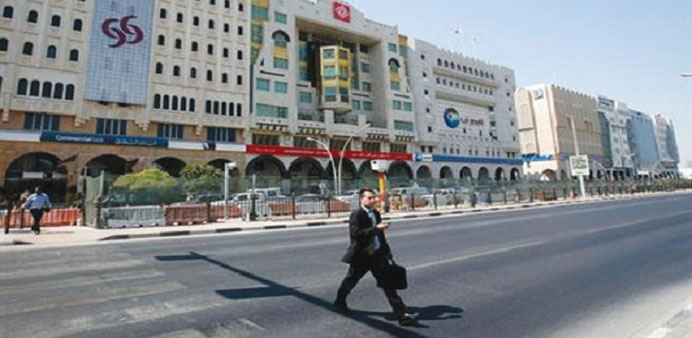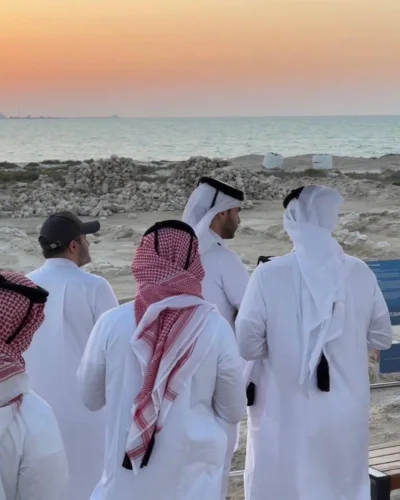A view of the Grand Hamad street, where many banks and financial institutions are located, in Doha. In view of the expected increase in the capital adequacy ratio (CAR), many lenders in Qatar are now contemplating moves to enhance their capital either through rights issue or hybrid routes.
By Santhosh V Perumal/Business Reporter
Qatar’s banking industry is all geared up to strengthen the capital base in line with the new Basel III norms and in view of the umpteen opportunities unleashed by the country’s huge infrastructure development programme, it is understood.
In view of the expected increase in the capital adequacy ratio (CAR), many lenders are now contemplating moves to enhance their capital either through rights issue or hybrid routes.
The Qatar Central Bank (QCB), which has already stipulated a higher 12.5% Basel III CAR from the previous level of 10%, is expected to increase it further to 14% by next year and to 16% by 2019 so as to ensure adequate “cushioning” while the lenders go in for funding the major infrastructure projects, which are being announced in the run up to Qatar hosting the 2022 FIFA World Cup.
The final Basel III circular for capital, liquidity, and leverage ratios was issued in January 2014. “Given the project capital expenditure of the government, there ought to be greater buffer, we are given to understand that the regulatory (CAR) limits are being progressively enhanced,” a top official of a bank told Gulf Times.
The credit pick up has already started showing signs of strengthening and is expected to gain traction since the country has outlined $150bn to $200bn commitments towards infrastructure rollout, ahead of the FIFA World Cup, he said, adding some lenders have also upped their ante in the overseas mergers and acquisitions.
Although there are right now some minor apprehensions over Qatar hosting the World Cup, the sources are of the view that costs associated with the event is only a smaller proportion of the overall capital spend towards infrastructure building.
“We will not go into the merits of that (allegations regarding Qatar hosting the 2022 World Cup) and what we see is that the overall momentum (in terms of infrastructure development) is still intact, rather the financial industry go after predictable outcomes,” a source in the local banking industry said.
Indicators of broad money and private sector credit have continued to grow robustly, said the International Monetary Fund, after its Article IV consultation with Qatar.
In the recent past, Commercial Bank and Doha Bank came out with their hybrid notes to shore up their capital base; while many others are now contemplating “novel” ideas to fortify their capital buffers.
If one looks at the sheer scale of investments that have been outlined, which includes those towards creating the railway network development, the across the board potential is out in the open, he said, expressing the hope that the sector may outpace the overall macroeconomic growth of the country.
The Ministry for Development Planning and Statistics, in its Qatar Economic Outlook 2014-15, has forecasted a 6.5% growth this year and a higher 6.8% next year, mainly supported by the non-hydrocarbon segments.
“In the long-term perspective, the benefits far outweigh the costs associated, after all the country’s capital expenditure is not any event-centric proposition,” a senior official of Qatar Chamber said.



